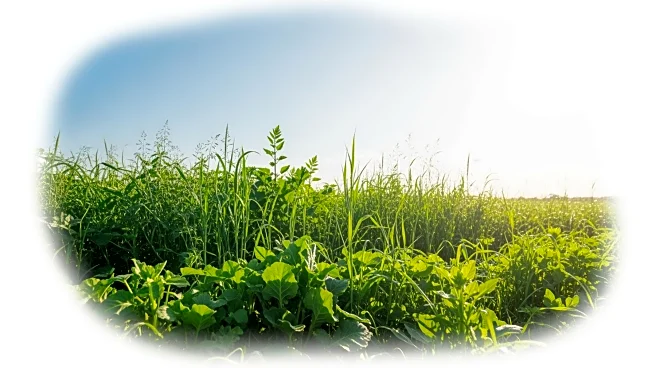What's Happening?
South Africa's agricultural sector is optimistic about the 2025-26 summer crop season, thanks to favorable rainfall predictions. The South African Weather Service has forecasted a La Niña season, which
typically brings increased rainfall, benefiting crop production. Farmers in regions such as Gauteng, the Free State, KwaZulu-Natal, and the Eastern Cape have already begun planting, taking advantage of early summer rains. This timely start is crucial for crops like yellow maize and soybeans, which are vital to the livestock industry. The forecasted rains are expected to persist through February 2026, aligning with critical growth stages for these crops.
Why It's Important?
The predicted La Niña conditions are significant for South Africa's agricultural sector, as they promise optimal rainfall timing for crop development. This could lead to higher yields and improved food security, benefiting both local farmers and the broader economy. The agricultural sector is a key contributor to South Africa's GDP, and successful crop seasons can enhance economic stability and growth. Additionally, the increased moisture levels are crucial for pollination and flowering stages, which are essential for maximizing crop output.
What's Next?
Farmers will continue to monitor weather patterns closely to ensure that planting and crop management align with rainfall predictions. The focus will also be on addressing biosecurity challenges, such as foot-and-mouth disease, which could impact livestock farms. As the season progresses, stakeholders will assess the impact of rainfall on crop yields and make necessary adjustments to farming practices. The agricultural community will also be vigilant about potential disease outbreaks due to increased moisture levels.
Beyond the Headlines
The reliance on favorable weather conditions underscores the vulnerability of agriculture to climate variability. This situation highlights the need for sustainable farming practices and investment in technologies that can mitigate the impacts of adverse weather. The potential for increased rainfall also raises concerns about soil erosion and water management, prompting discussions on environmental conservation and resource management.











